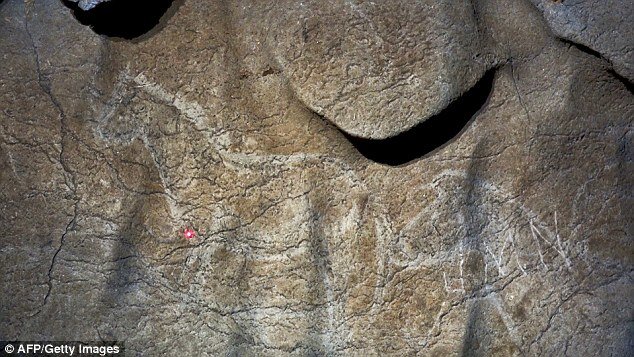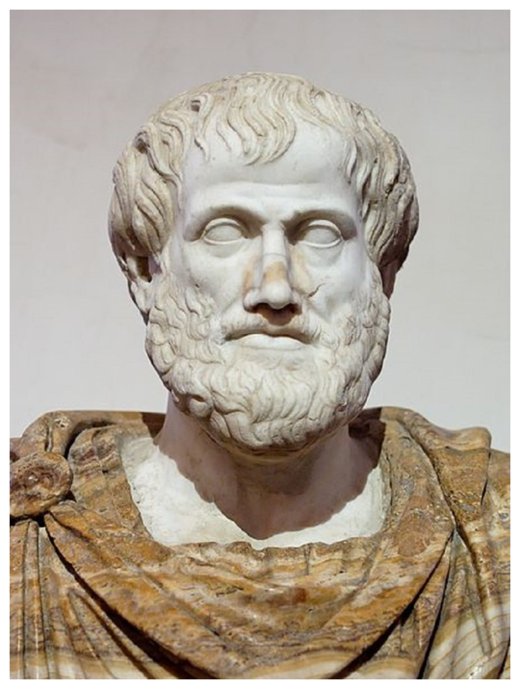
The original 'moderate rebels', the Contras, on patrol in 1987.
On October 5, 1986, a plane carrying weapons to the Contras from El Salvador was shot down over Nicaragua setting off what became known as the Iran Contra Affair. Three of the plane's passengers were killed: William Cooper, Wallace Sawyer and an "unidentified Latin American", but Eugene Hasenfus survived and, disastrously for the Reagan Administration, he began to talk. In early November 1986 a Lebanese newspaper leaked the story of the Iran's arms deals. On November 25, 1986, Attorney General Edwin Meese held a press conference revealing that
money from arms sales to Iran had been diverted to fund the Contras. Thus this year will mark the 30th anniversary of the Iran Contra scandal, although I'm guessing it will be largely ignored.
Studying Iran/Contra opens a window onto the secret history of America and the world all of the things many mainstream historians try their best to ignore. Researchers at the time noted that
Iran/Contra had its origins in the covert wars from the very beginnings of the "cold war". Things that are still blocked out of the history books like
the recruitment of fascists in Europe and Asia or the OSS and later CIA role in the global drug trade. It linked up with the Korean War, the Bay of Pigs, the Kennedy assassination, Vietnam, Watergate, the October surprise, the shooting of the pope, all what Peter Dale Scott calls "deep events". Those are the more famous examples; it also linked up with now largely forgotten scandals like P2, SITBAM, Eatsco, Nugan Hand, the S&L failures, KoreaGate, Iraqgate, the Pizza connection and many more.



Comment: For an introduction to the tangled web of Iran-Contra, see also Hugo Turner's Beyond the Iran-Contra Affair Part 1: The secret team.